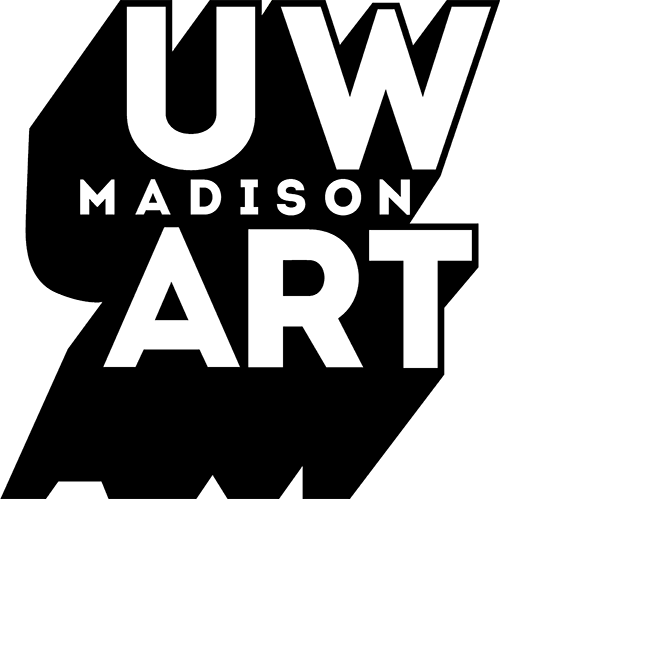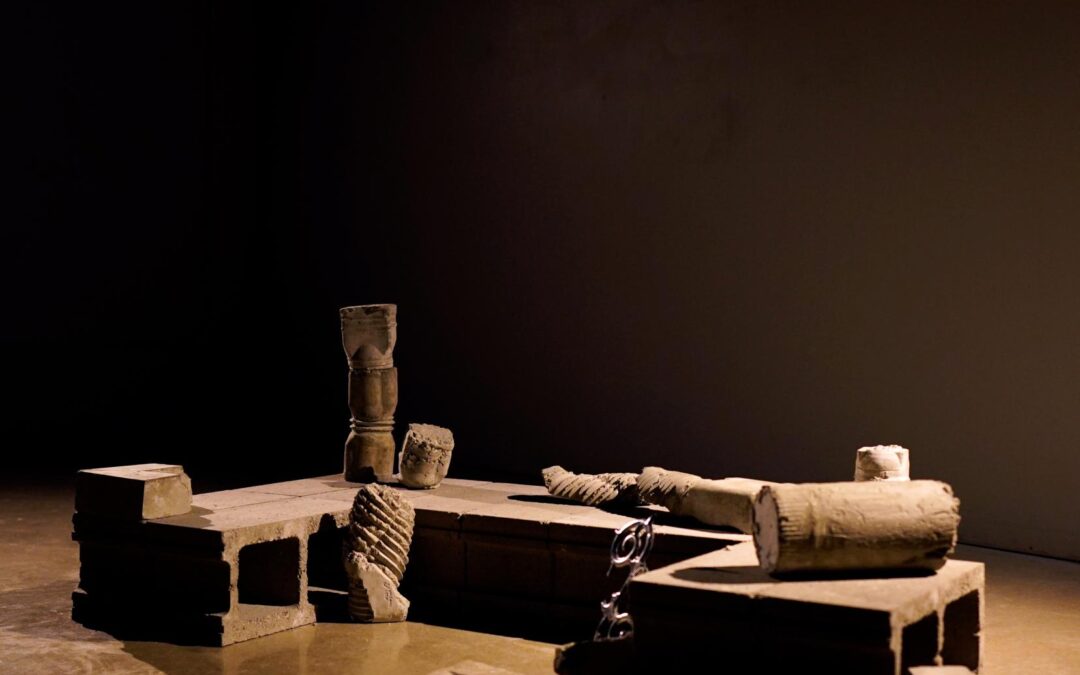On April 7, the Chazen Museum of Art’s latest exhibition, “Corpus,” opened to the public. The exhibition, by MFA award winner Anamika Singh, draws on the 1992 destruction of India’s Babri Mosque and her granduncle’s efforts to report truthfully on this moment. Singh extrapolates these events into a wider story of cultural erasure, propaganda and archeology.
On December 6, 1992, Hindu nationalists in the Indian town of Ayodhya led a demolition of the Babri Mosque. The destruction was instigated by the Hindu Nationalist Bharatiya Janata Party, which had spent six years campaigning on the grounds that the Babri mosque was the birth site of the Hindu god Rama and needed to be razed and replaced with a Hindu temple.
During these events, Singh’s granduncle, Sheetla Singh, had reported on the destruction of the temple in his daily newspaper Jan Morcha.
In 2019, Sheetla Singh, published “AYODHYA: RAMJANMABHUMI-BABRI-MASJID KA SACH,” a testimony of his life and work with Jan Morcha. Singh views this book, a copy of which is displayed in the gallery, as the catalyst for her research. After reading it, Singh decided she too had something to say about the Babri Mosque.
“At the time I wasn’t sure what form that the project would take,” Singh said, “All I knew was that I had a lot of research ahead of me.”
Singh’s research would lead her to create the short film “Sheetla,” and then eventually “Corpus.”
Sheetla follows the story of her granduncle, founder and chief editor of the daily Hindi newspaper Jan Morcha. Jan Morcha defied state propaganda surrounding the destruction of the Babri Mosque, reporting on events outside the scope of the BJP, according to The Citizen. Through her granduncle’s narrative, Singh explores how the desecration of the Babri mosque exemplifies a greater issue of control and erasure in archeology.
Singh’s core message is difficult to capture in one medium or project, though, and she had more to say about the subject than could be captured in a film. So, together with the Chazen, Singh constructed Corpus — a collection of sculptures, film, photographs and other pieces that collectively raise questions about systems of control and nationalism in a physical medium.
“Corpus” intentionally strays from the typical image of a museum exhibit. The exhibit is housed in a dimly lit room, creating an ominous feeling as the end of the hallway beckons you in. The pieces are strewn about the room, propped up on concrete and oddly shaped wooden boards. Singh plays with these conceptions of what an art exhibition should look like to make a statement.

